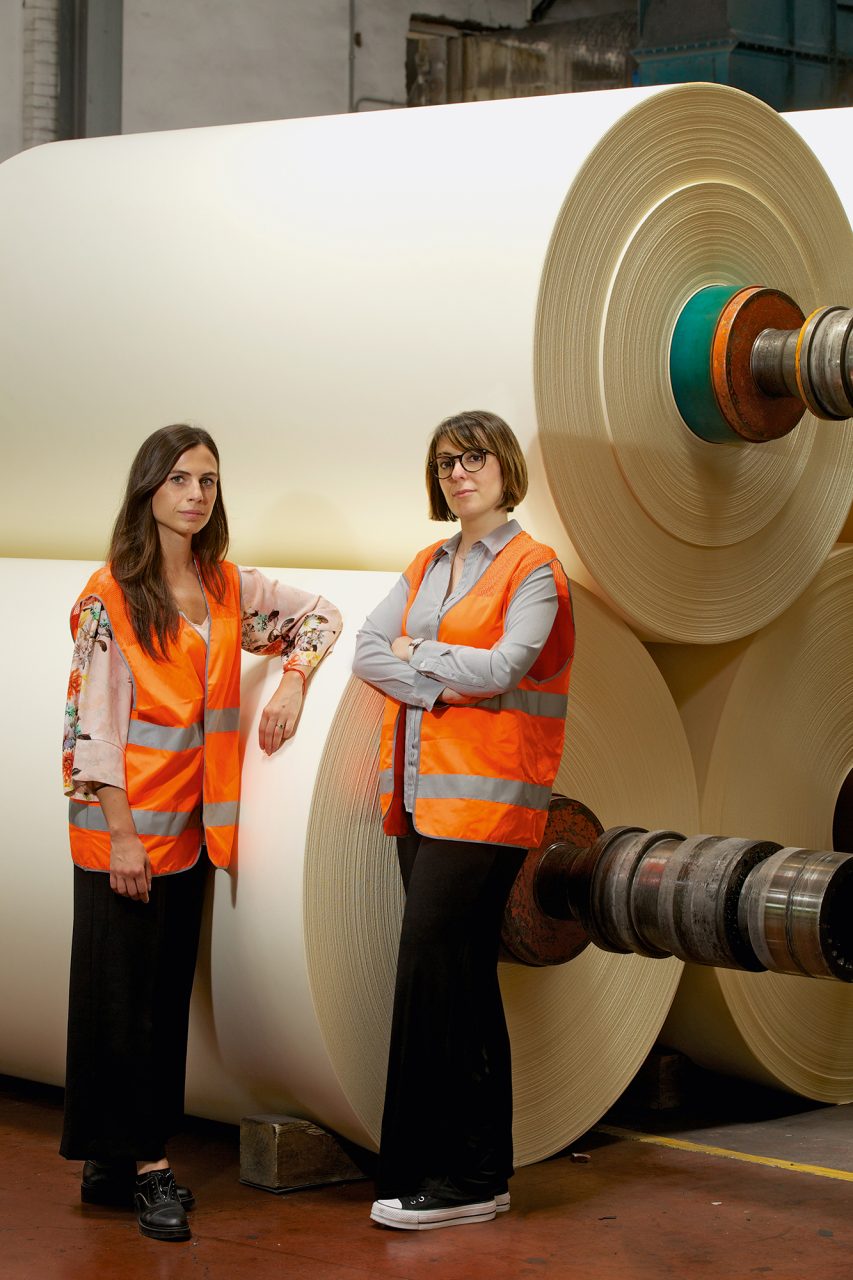Asked whether the new range resulted in any improvements in the environmental impact of Arena’s manufacture, Franceschi replies that the increased uniformity in the product range allows the company to rationalise the production programmes, and therefore reduce the waste incurred when switching between different productions. She adds: ‘The improvement involves not only waste waters but also “fresh” water consumption.’ (The new plan results in less washing between different paper products. Arena Natural is also OBA-free, which means that there are no Optical Brightening Agents used in its production.)
A beautifully designed swatch book makes a virtue of Arena’s versatility, and demonstrates the ways subtle colour, text and detailed images can be printed on the paper range, not forgetting ‘beautiful boxes for precious products’ for the packaging sector. The swatch book also demonstrates the way all three grades hold the detail of type and images, including fine art paintings, on different weights.
‘Many clients have had the perception that Fedrigoni papers are more for the covers, the endpapers, the special sections, the coloured sheets,’ says Medioli. ‘Arena is all about the text, the inner pages.’ She says: ‘An arena is a place where you can play football, or rock music, or opera. It’s democratic. Whatever you want to convey, Arena is your platform, your space.’







